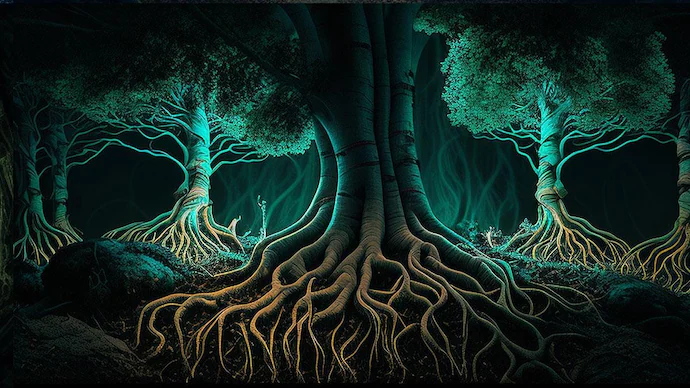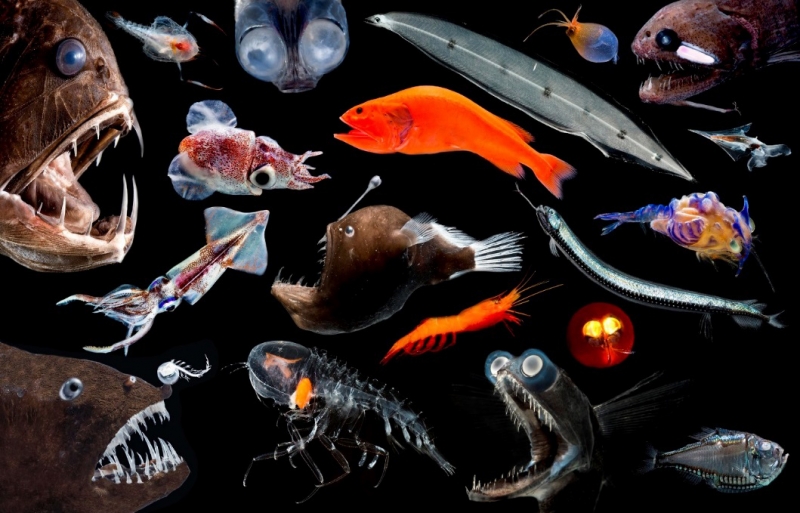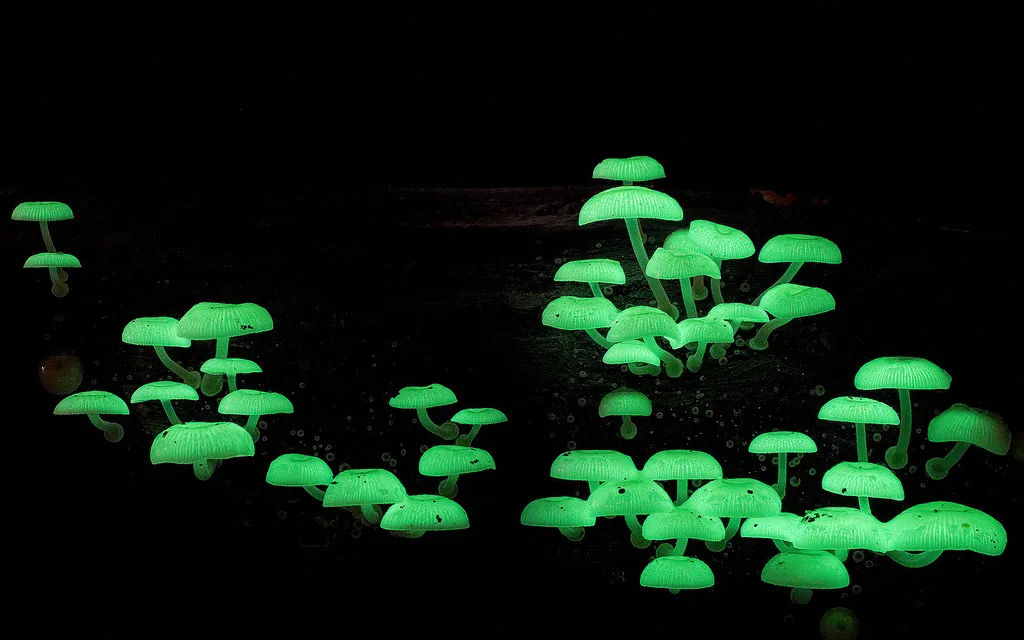solsticeuniversity.com – Rain is one of nature’s essential processes, providing fresh water for plants, animals, and humans. While it may seem simple, rain results from a complex interaction between the sun, the atmosphere, and water on Earth’s surface. Understanding how rain works reveals the inner workings of the water cycle, a process that keeps our planet in balance.
1. The Water Cycle: An Overview
Rain is part of the water cycle, a continuous loop in which water moves from the Earth’s surface to the atmosphere and back again. The cycle consists of evaporation, condensation, precipitation, and collection, and is powered primarily by the sun. Each of these steps plays a vital role in forming the rain we experience.
2. Step 1: Evaporation
The process begins with evaporation, where heat from the sun warms up bodies of water like oceans, lakes, and rivers. This causes water molecules to escape into the air as water vapor. Plants also contribute to this process through transpiration, where they release moisture from their leaves into the atmosphere.
Warm air holds more water vapor, so during hot weather, evaporation rates are higher, contributing to increased moisture in the air.
3. Step 2: Condensation
As the water vapor rises, it encounters cooler temperatures in the upper atmosphere. The cooler air causes the vapor to lose energy and condense into tiny droplets of water, forming clouds. Each droplet of water condenses around small particles, like dust or salt, known as condensation nuclei.
When these droplets gather in large numbers, they become visible as clouds. Cloud formation is an essential part of the process, as clouds are essentially storage areas for water before it returns to the surface as rain.
4. Step 3: Precipitation
As clouds continue to gather water droplets, they grow heavier and eventually reach a point where the air can no longer support them. When this happens, the water falls back to Earth as precipitation. Precipitation can take various forms, including rain, snow, sleet, or hail, depending on the temperature of the surrounding air.
For rain specifically, the droplets combine into larger droplets as they collide within the cloud. Once they become heavy enough, they fall to the ground as raindrops.
5. Step 4: Collection
Once rain reaches the Earth’s surface, it becomes part of the collection phase. Rainwater can replenish rivers, lakes, and oceans, and also soak into the ground, replenishing groundwater supplies. The water collected on Earth’s surface will eventually be reused in the water cycle through evaporation, repeating the entire process.
6. Factors Affecting Rainfall
Several factors influence rainfall, including:
- Temperature: Warmer air holds more water vapor, which can increase rainfall.
- Geography: Mountain ranges and large bodies of water can affect local rainfall patterns. For instance, mountains can create “rain shadows,” where one side receives more rain while the other side remains dry.
- Atmospheric Pressure: Low-pressure systems often bring wet weather, while high-pressure systems tend to bring dry weather.
7. Why Rain is Important
Rain replenishes freshwater resources, supporting agriculture, natural habitats, and human needs. It also helps regulate Earth’s temperature and distribute nutrients across ecosystems. Without rain, droughts would limit access to drinking water, reduce food supply, and impact biodiversity.
Conclusion
Rain is an essential part of the water cycle, driven by the sun and governed by interactions between land, air, and water. Through evaporation, condensation, precipitation, and collection, this natural process supports life on Earth by providing the water we all depend on. So, the next time it rains, it’s a reminder of the intricate and ongoing cycle that keeps our planet thriving.




